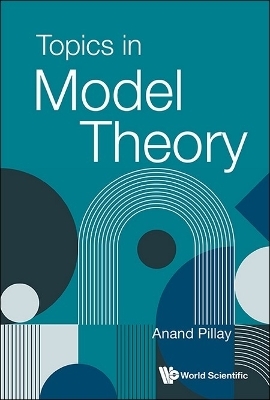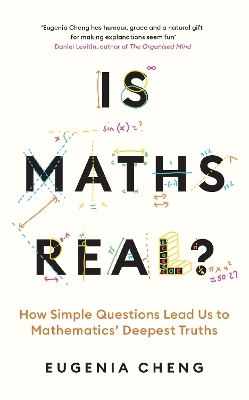
Automata Theory with Modern Applications
Seiten
2006
Cambridge University Press (Verlag)
978-0-521-84887-9 (ISBN)
Cambridge University Press (Verlag)
978-0-521-84887-9 (ISBN)
Recent applications to bioscience have created a new audience for automata theory and formal languages. This is the only introduction to cover such applications. With over 350 exercises, many examples and illustrations, this is an ideal contemporary introduction for students; others, new to the field, will welcome it for self-learning.
Recent applications to biomolecular science and DNA computing have created a new audience for automata theory and formal languages. This is the only introductory book to cover such applications. It begins with a clear and readily understood exposition of the fundamentals that assumes only a background in discrete mathematics. The first five chapters give a gentle but rigorous coverage of basic ideas as well as topics not found in other texts at this level, including codes, retracts and semiretracts. Chapter 6 introduces combinatorics on words and uses it to describe a visually inspired approach to languages. The final chapter explains recently-developed language theory coming from developments in bioscience and DNA computing. With over 350 exercises (for which solutions are available), many examples and illustrations, this text will make an ideal contemporary introduction for students; others, new to the field, will welcome it for self-learning.
Recent applications to biomolecular science and DNA computing have created a new audience for automata theory and formal languages. This is the only introductory book to cover such applications. It begins with a clear and readily understood exposition of the fundamentals that assumes only a background in discrete mathematics. The first five chapters give a gentle but rigorous coverage of basic ideas as well as topics not found in other texts at this level, including codes, retracts and semiretracts. Chapter 6 introduces combinatorics on words and uses it to describe a visually inspired approach to languages. The final chapter explains recently-developed language theory coming from developments in bioscience and DNA computing. With over 350 exercises (for which solutions are available), many examples and illustrations, this text will make an ideal contemporary introduction for students; others, new to the field, will welcome it for self-learning.
Professor of Mathematics and Chair of Division of Mathematics and Computer Science, University of South Carolina at Spartanburg.
1. Introduction; 2. Languages and codes; 3. Automata; 4. Grammars; 5. Turing machines; 6. A visual approach to formal languages; 7. From biopolymers to formal language theory; Bibliography; Index.
| Erscheint lt. Verlag | 22.6.2006 |
|---|---|
| Zusatzinfo | Worked examples or Exercises; 5 Tables, unspecified |
| Verlagsort | Cambridge |
| Sprache | englisch |
| Maße | 160 x 235 mm |
| Gewicht | 497 g |
| Themenwelt | Mathematik / Informatik ► Mathematik ► Logik / Mengenlehre |
| ISBN-10 | 0-521-84887-3 / 0521848873 |
| ISBN-13 | 978-0-521-84887-9 / 9780521848879 |
| Zustand | Neuware |
| Haben Sie eine Frage zum Produkt? |
Mehr entdecken
aus dem Bereich
aus dem Bereich
Buch | Softcover (2024)
World Scientific Publishing Co Pte Ltd (Verlag)
CHF 43,60
what we have that machines don't
Buch | Softcover (2024)
Profile Books Ltd (Verlag)
CHF 19,15
how simple questions lead us to mathematics’ deepest truths
Buch | Softcover (2024)
Profile Books Ltd (Verlag)
CHF 19,15


